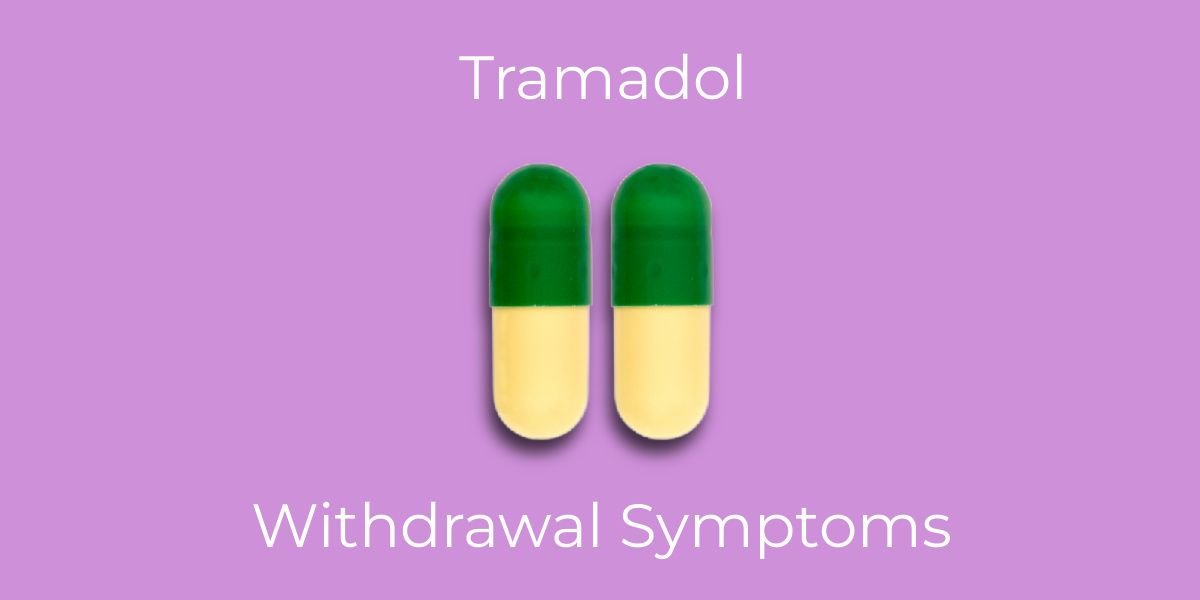The Controlled Substance Act (CSA) controls the distribution, use, possession, importation, and manufacture of certain substances based on medical use, potential for abuse, and safety. This guide outlines where tramadol, an opioid pain medication, falls under the Controlled Substances Act.
- Tramadol’s classification as a schedule IV drug has been contested owing to concerns that the medication’s opioid content increases the risk of abuse, addiction, and overdose.
- Rates of snorting tramadol are 4 to 7 times lower than with other opioids such as oxycodone.
- Despite its perceived low risk and low schedule classification, tramadol can still be addiction-forming.
.jpg?v=1722502204)
Tramadol controlled substance status
The United States Drug Enforcement Administration classified tramadol, an opioid pain relief medication available under prescription, as a schedule IV drug under the Controlled Substances Act (CSA) as of August 2014.[1]
Prior to the Schedule C-IV designation federally in 2014, tramadol was a controlled substance in ten states in the US.[3] Tramadol’s classification as a Schedule IV drug has been contested owing to concerns that the medication’s opioid content increases the risk of abuse, addiction, and overdose.
Schedule IV substances have less strict regulations as they are seen to have a lower potential for abuse and serve a medical purpose. Substances like tramadol that fall under Schedule III or IV are only available with a prescription that can be refilled five times in a six-month period before another prescription is required.[2]
Implications
- Studies have shown that tramadol is less likely to be obtained from pharmacies under false pretenses than other opioid medications.
- It is also less likely to be bought and sold for illicit purposes on the street.
- Rates of snorting tramadol are 4 to 7 times lower than with other opioids such as oxycodone.[2]
- Injecting tramadol is 14 to 34 times lower than with other opioids.[2]
- Tramadol still holds the potential for abuse, dependence, addiction, and overdose. When prescribed tramadol for pain relief, it is important to only take the recommended dose and to not misuse the drug.
Tramadol addiction
Despite its perceived low risk and low schedule classification, tramadol can still be addiction-forming. Opioid painkillers are one of the most abused substances in America and can lead to substance use disorders that are difficult to stop without treatment.
If you or someone you care about is at risk of becoming addicted to tramadol, or if a drug dependence has already formed, then contact an addiction rehab center today.



-guide-detail.jpg?v=1722502026)
